A Graduate’s Guide to Slow Fashion
Chloe Poole collates her sister’s go-to moves when it comes to slow, sustainable fashion.
As someone who is just starting out on their own slow fashion ‘journey’, I sought the advice of someone who I know has perfected her slow fashion lifestyle over the years; my sister. So I went to her for 5 ‘top tips’ for making the move towards a more sustainable wardrobe, whilst not breaking the bank. So here is my ‘Graduate’s Guide to Slow Fashion’, from the perspective of someone who is a confessed PLT Royalty holder and will fall to my knees for any trend making its way around campus.
If you’re anything like me (i.e. if you have been, or still are, a buyer of fast fashion brands) and you want to make the move towards a more conscious wardrobe, these tips will help you to take that step, or, at the very least, encourage you to do so. That’s not to say that you need to finish reading this and immediately start frequenting charity shops or force yourself to like those trousers in your wardrobe that you’ve never actually worn (we’ve all done it). Instead, take these as starting blocks and run from there on your own journey (disclaimer: it’s not a race).
1) Know What You Like
When my sister first told me this, it sounded silly, because I know myself and I know what I like. But the more I thought about it, the more it made sense. By knowing what we like, we can be more comfortable in knowing what works for us in terms of our clothing. The more you know what styles, colours, patterns, and aesthetics you like, as well as which ones suit you, the less likely you are to throw something away. If you’re uncertain about something and buy it anyway every time, you’re just adding to that level of uncertainty and then, in the end, your wardrobe becomes something that you start to question every day.
2) Make Charity Shops Your New Best Friend
I know there’s a stigma attached to charity shops these days, but I only have good memories of going as a kid. Was it just me, or did everyone low-key love going to them when they were younger? I used to run straight to the toy section and would end up coming away with the best board games — I can’t deny that I’ve found some absolute gems in charity shops over the years. Well, I’ve been told to reclaim the joy of shopping in charity shops!
My sister’s advice to me was to experiment with textures, patterns, and sizes — and to also throw the rule book out when you enter a charity shop. Don’t think “Will that fit me?”, but instead, think “Will I fit that?” — think about whether you’ll feel comfortable and confident in the garment, as well as what pieces in your wardrobe it’ll go with. Disregard sizing, and prioritize comfort and confidence when shopping in a charity shop — at the end of the day, you make the rules here. Make it your playground, have fun and be sustainable along the way.
3) Make, Do & Mend
Now, this tip sounds so basic, but there is a huge amount that can be done with your original wardrobe before you think of throwing out pieces - even those that have seen better days.
Despite only having just started out on my slow fashion journey, even I’ve started doing this (applause-worthy, I know). I’ve had this Levi’s jacket for years which used to be my sister’s, and the length was so unflattering on my figure. At that moment, I was very into the concept of cropped denim jackets, and had a look for some online, but couldn’t justify the price. Furthermore, being a plus-sized gal, there were barely any in my size. So, I decided to take the scissors to my jacket (with apprehension — it was Levis after all!) and cropped it. Not only did I get a cute jacket that I get a lot of use out of, but I also saved myself £30-£40. Win-win!
4) Shop IRL
Yes, online shopping is super convenient, especially with recent circumstances, and I’m also guilty of this. I’m not saying don’t do it at all but maybe when starting out on your journey to a slow fashion lifestyle, set limits for yourself. For example, only buy non-clothing items online, as by doing this you will be limiting your wardrobe’s carbon footprint and forming more of a connection with what you buy. When shopping in person for your clothing you can get a feel for the texture and fit of a garment and judge it at face value, which in turn makes it less likely you will return the item. Start shopping IRL more so that your wardrobe, bank account, and the environment can all benefit from this in the long run.
5) Spend More On Statement Pieces
Being environmentally conscious when it comes to your wardrobe doesn’t mean you have to sacrifice your style, especially when it comes to the garments you really want and know you like. The final piece of advice my sister gave me was to invest in ‘statement pieces’. These ‘pieces’ can be anything; jackets, dresses, coats, bags, shoes, etc… but the point of them is that they’re timeless and are likely to remain as key pieces in your wardrobe for years to come. With the whole point of this being to reduce waste, this isn’t just a garment you’re going to throw away once it goes out of fashion. Denim and/or leather jackets and boots would be examples of ‘statement pieces’ as they tend to be extremely versatile and durable. Therefore, they would be 100% worth the investment.
I hope this has proven useful if you, like me, have just started out on your journey. Let us know how you get on!

